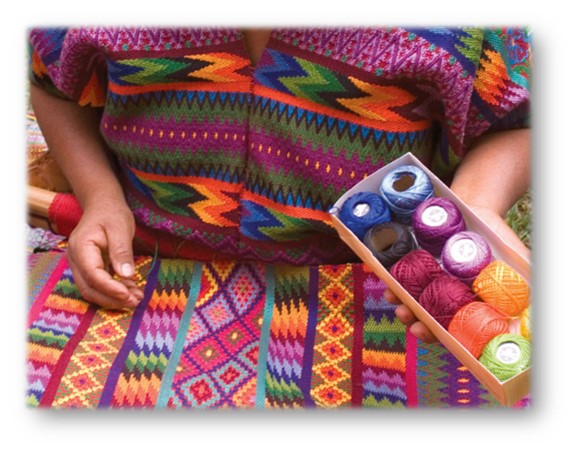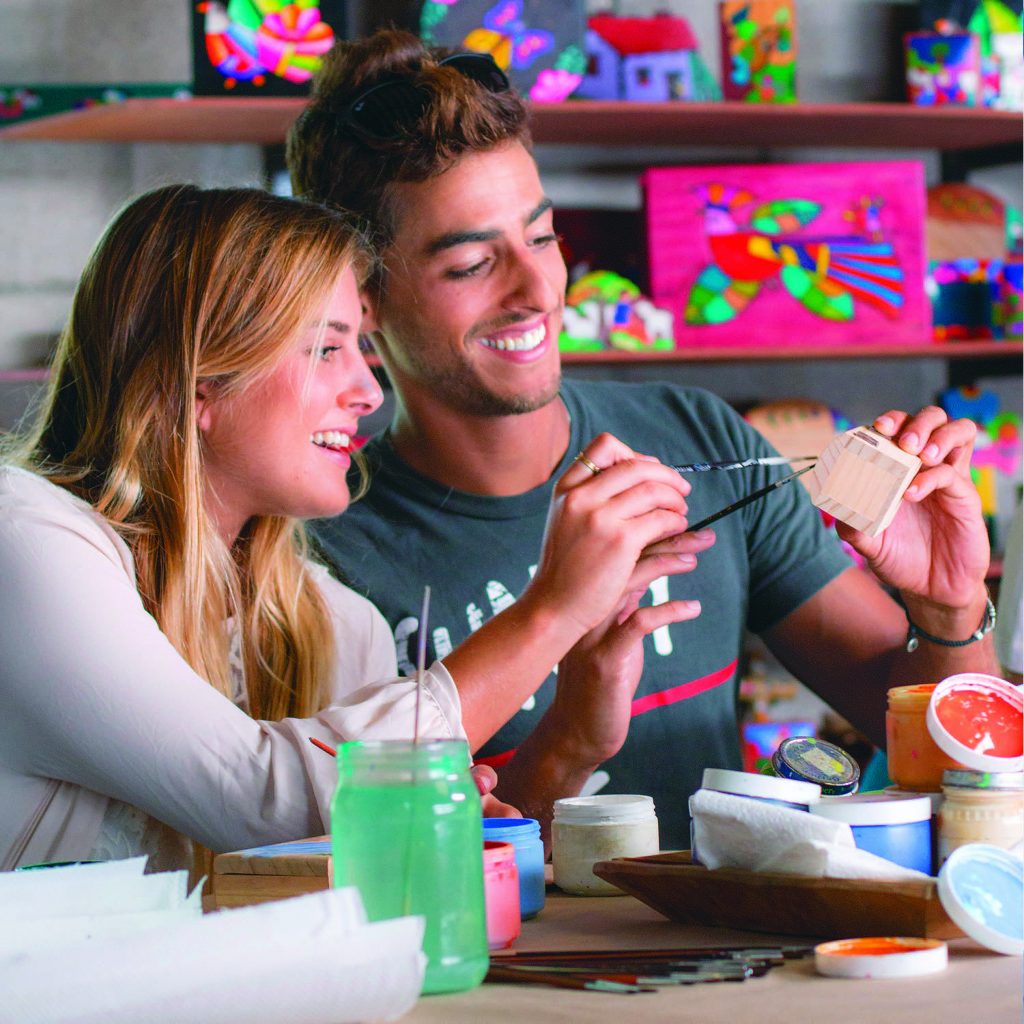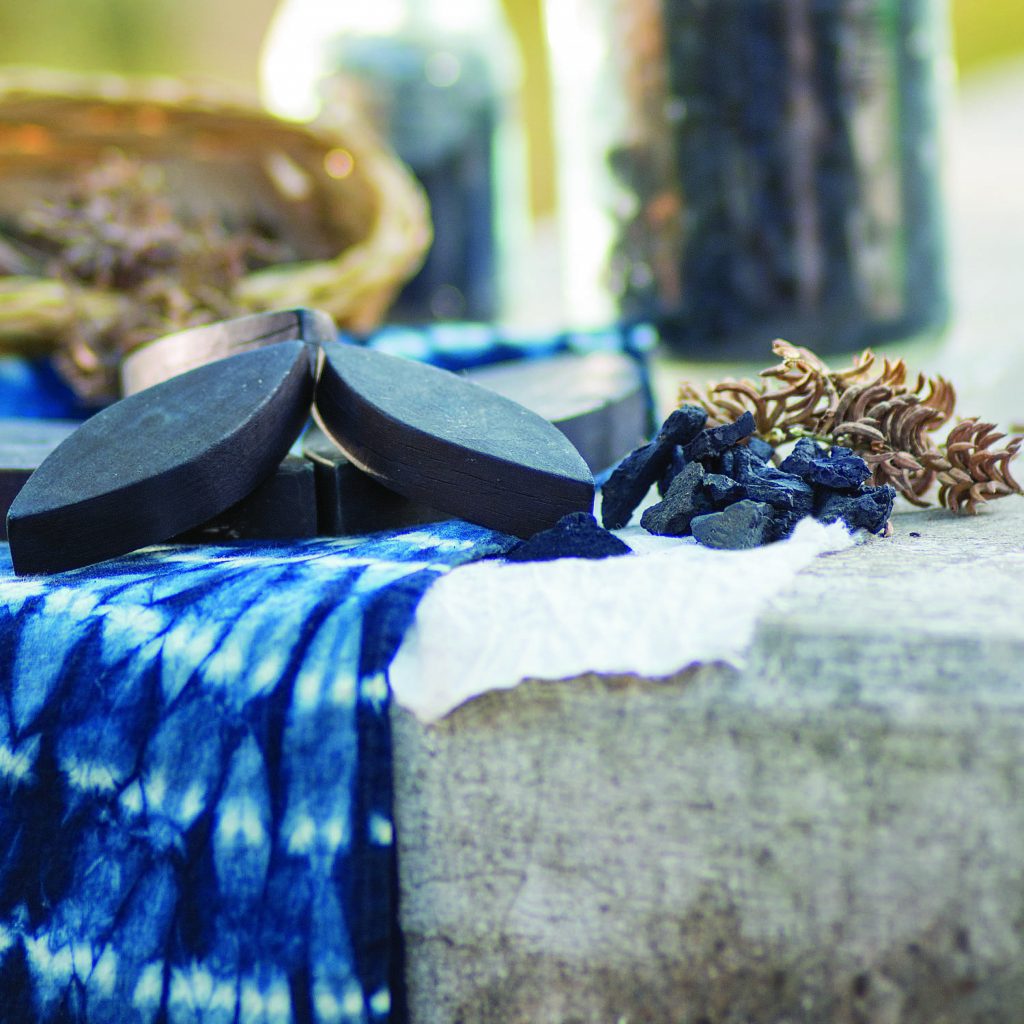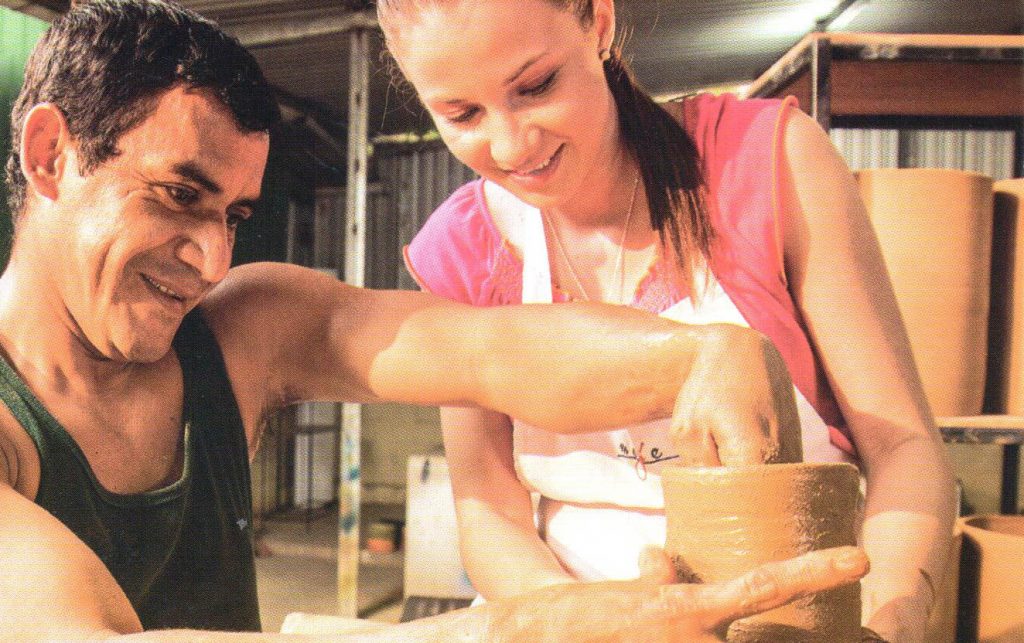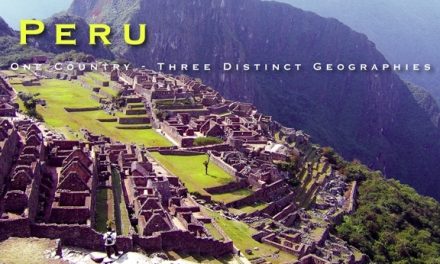El Salvador
El Salvador’s Artisans Keep Tradition Alive With Interactive Workshops
Create or Shop Handmade Accessories along the Artisanal Route
Handmade accessories in El Salvador have deep roots in the country’s history, spurring the creation of the country’s popular Artisan Route. Six picturesque towns with signature craftsmanship share their art with visitors through hands-on experiences and insight to an artisanal practice passed down through the generations. San Sebastián, Ilobasco, Suchitoto, La Palma, San Ignasio and Citalá embrace traditional wooden looms, indigo, red clay and the local Copinol seed, showcasing highly revered trades.
The following are signature natural elements and resulting handicraft visitors to El Salvador may learn to make and take home as a souvenir.
Indigo is the most well-known of these elements for its use by the Maya, first developed around 300 AD. The ancient culture utilized the crop for everything from murals and pottery to ritual sacrifices to the rain god Chaak. In the town of Suchitoto, visitors may learn how to dye scarves utilizing the traditional methods. Along Suchitoto’s cobblestone streets and colonial architecture is Arte Añil Gallery, which offers a workshop to learn how to dye the cloth. For $15 USD, a participant may dye a scarf or bag and keep the finished product to show off the handiwork back home. Or, request a visit to Hacienda Los Nacimientos, one of only two organic indigo farms in the world, to see the farm-to-extraction process and create an indigo design.
Woven textiles within San Sebastián are signature to the small town, the production of the vibrant, patterned textiles created with the traditional Telares. Developed in the 18th century, the Telares is a large wooden loom powered by the weaver. Visitors may learn to manipulate a loom with their owns hands and feet, an experience that will enable a new appreciation of the beautiful art reflected in blankets, hammocks and mats. Watch a weaver at work at Casa de la Cultura de San Sebastián, and try the Telares at a number of workshops within the village houses.
Red mud contributes to Ilobasco’s international reputation of incredible ceramic production, the clay extracted and prepared locally. The knowledge of pottery making, ceramic painting and clay handling has been passed down through the generations, some say from as far back as the 1700s. Most recognized are the towns miniatures, small human figures no more than two inches tall, and “sorpresas”, small egg shaped figurines that when opened reveal a daily activity of the town. Visitors may try their hand at a mud sculpture at several of the workshops in the village.
Copinol seeds and wood in La Palma are canvases of choice by the local artisans as they implement the Arte Naif style first utilized in the 1970s. Arte Naif is heavily influenced by the Mayan culture, the style a symmetrical drawing inspired by what the artists see around them. Majority of La Palma’s walls, businesses, homes, among other surfaces, display this art with murals in vibrant and simple fashion. To have a closer look walk among the approximate 100 artisanal shops, or try a workshop at Taller Paty where visitors have the option of painting a wooden box or Copinol seed, guided in Arte Naif. The Copinol seeds are $2 or three for $5.
To learn more about the Artisan Route, visit elsalvador.travel/en/tipos/artisan-route and for travel packages, visit
www.salvadoreantours.com

